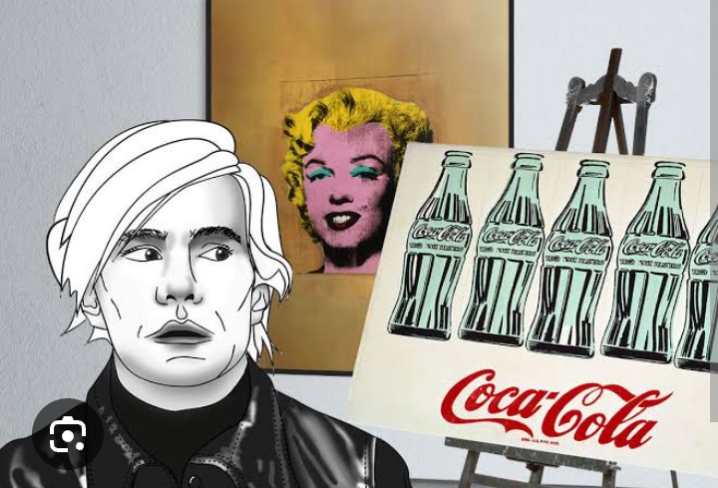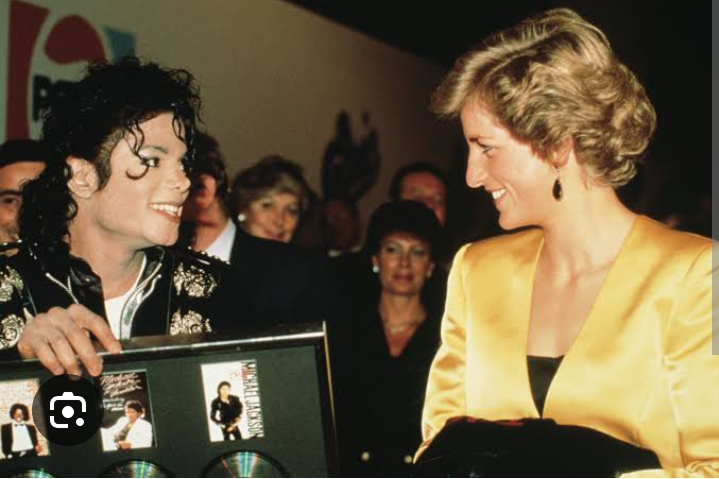Andy Warhol. The name conjures images of vibrant pop art, silkscreened celebrities, and a silver-haired artist with a deadpan expression. But what made Warhol so revolutionary? How did he take everyday objects like Campbell’s Soup Cans and transform them into iconic works of art?
Warhol’s genius lay in blurring the lines between high art and mass culture. In the 1960s, he broke away from traditional themes of landscapes and portraits, instead turning his gaze to the pop culture he saw bombarding American life. Campbell’s Soup wasn’t just lunch; it was a symbol of mass production and consumerism. By repetitively silkscreening the cans in various colors, Warhol elevated them to the status of art objects, questioning the very definition of art itself.
But Warhol wasn’t just fixated on soup. He turned his artistic lens on celebrities like Marilyn Monroe and Elvis Presley, creating silkscreen portraits that captured their larger-than-life personas. By mass-producing these images, Warhol democratized access to celebrity, making them seem both unattainable and strangely familiar. He challenged the idea of artistic originality, using repetition and mechanical reproduction to create his signature style.
Warhol’s work wasn’t just visually arresting; it was a commentary on the times. His use of repetition mirrored the mass production and advertising that dominated American society. By placing celebrities alongside everyday objects, he suggested a world obsessed with fame and image. Was he celebrating it or critiquing it? The beauty of Warhol’s art lies in its ambiguity, leaving room for interpretation.
Warhol’s impact on the art world is undeniable. He made Pop Art a global phenomenon, and his influence continues to be felt in advertising, design, and even social media. Today, we live in a world saturated with images, and Warhol’s work feels oddly prescient. He showed us the power of visual culture and the way it shapes our perception of the world.
So, the next time you see a celebrity plastered across a magazine or a familiar brand logo, remember Andy Warhol. He may have started with soup cans, but he ended up showing us the world reflected in its most iconic forms.









